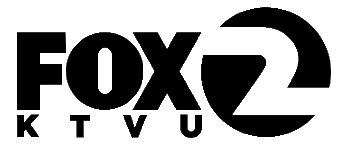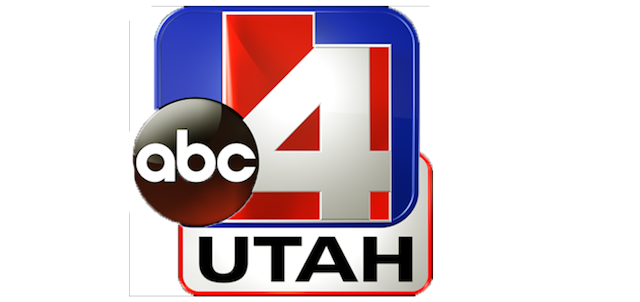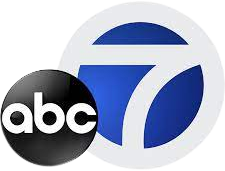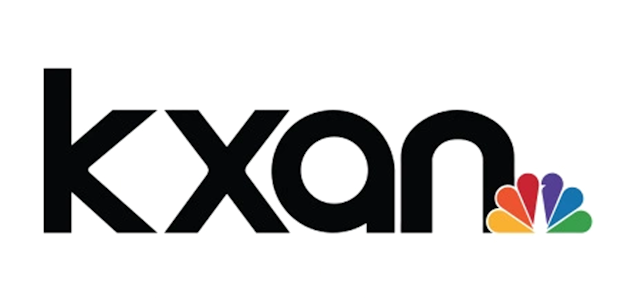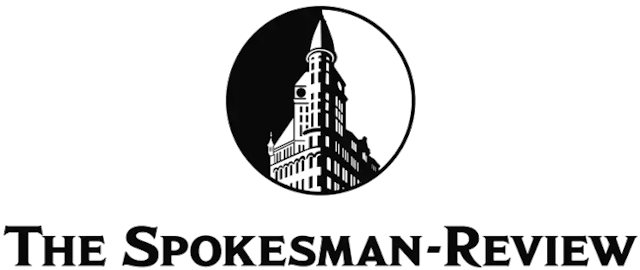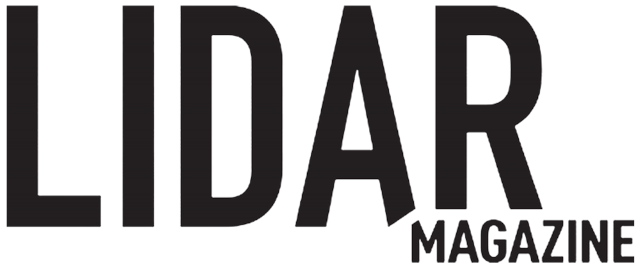
Seek and Illustrate the Truth -
Call Now 1-415-754-7772
Creating Line-of-Sight Analyses through Forensic Technology
Picture yourself driving to an appointment in your nearest downtown area. Each block is dictated by traffic lights and signs. Trash cans, mailboxes, foliage, and pedestrians populate the sidewalks of the complex environment. The sound of car horns, street chatter and construction fill the air.
After finally breaking through several blocks of bumper-to-bumper traffic, you see paramedics were responding to a collision. Hoping that everyone is okay, you see that a car turned right around a large dumpster container and rear-ended another car. You then wonder how this happened; did the container obstruct the driver’s vision of the parked car? Was the turning driver going too fast? Who was primarily at fault? As you merge into the next lane, you realize how easily an inattentive driver can cause a serious accident from even minor distractions or obstructions.
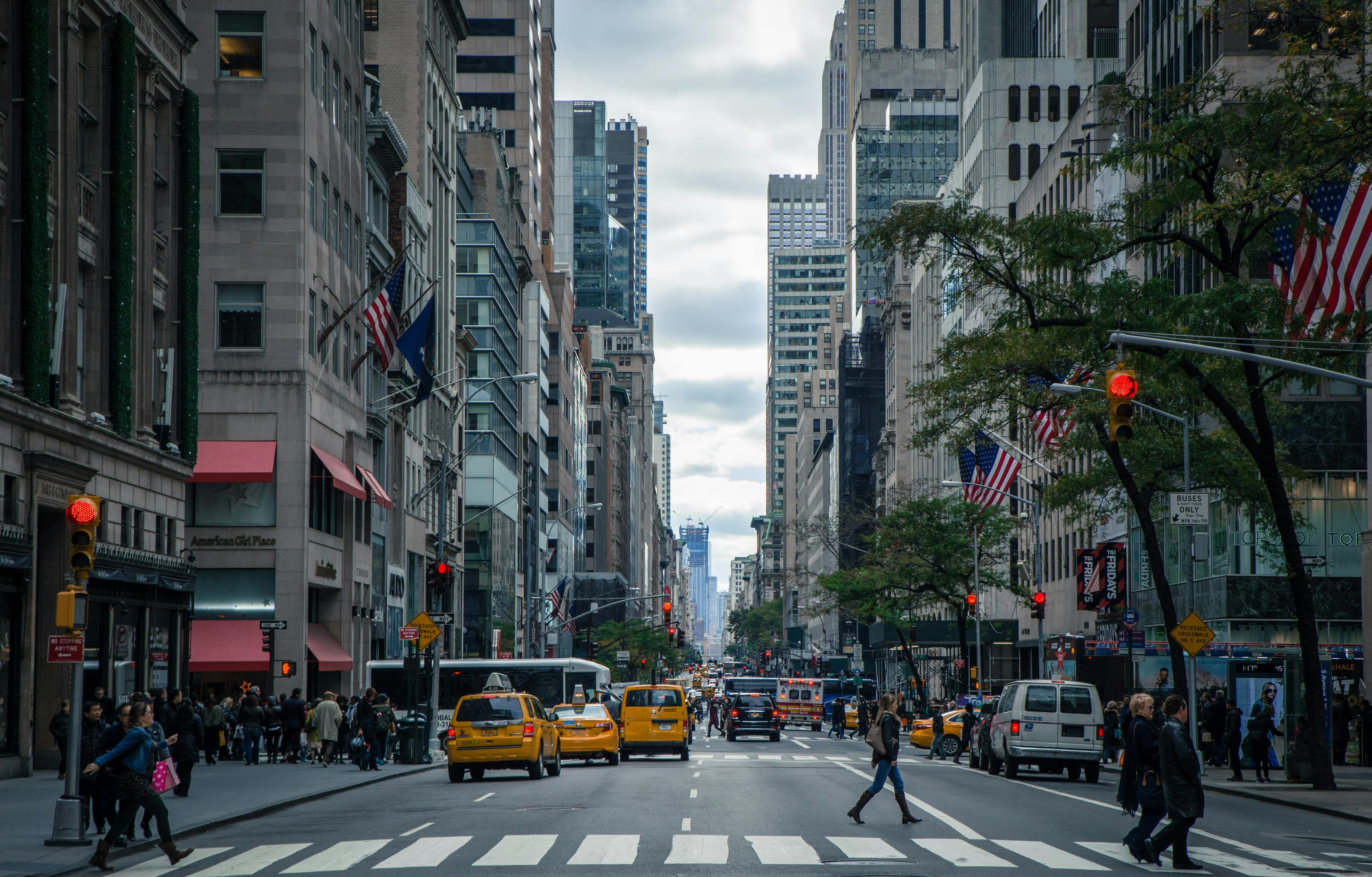
Line-of-sight obstructions can come from many different influences, and don’t have to be immediately obvious to create catastrophic driving conditions. Some examples are static such as the orientation of signs, walls, poles, guardrails, bushes, trees or the road’s own topography from bumps or hills. Visual obstructions can also come from the vehicle’s own a-pillars, rear-view mirrors, and objects mounted on a dashboard or windshield. For this reason, traffic laws explicitly prohibit drivers from hanging objects from rearview mirrors or placing them on a dashboard.
No matter the obstruction, it can be difficult to prove (or disprove) whether an obstruction directly caused a specific accident without full forensic analysis. Fortunately, 3D Forensic innovated 3D line-of-sight analysis through forensic laser scanning and the 3D Working Model to prove if and how a visual obstruction could have led to a serious accident. Through the following method, we test and show how visual obstructions influenced serious accidents.
Data Collection and Perspective Placement///
As with all cases reconstructed using the power of the 3D Working Model, collecting pertinent measurements and information enables us to create an accurate reconstruction. First, the experts at 3DF perform a forensic 3D laser scan of the environment of the accident, the area leading up to the accident, the inside and outside of the vehicles involved. Forensic laser scanning provides experts with hundreds of millions of data points that exactly and precisely recreate a perfect 3D model of the scan subject for analysis in the computer. This 3D model contains everything that exists in the accident scene and preserves it in perpetuity for use by the attorneys and experts involved in a specific case. These precise 3D models can be brought into the 3D modelling software to serve as representations of the real elements.
The lead-up to an accident is especially important to scan as this area would affect the driver’s visibility before impact. If a scene has changed since the accident, it’s important to utilize any evidence such as photos, videos or diagrams to verify the environment’s condition in the 3D software. These photos and videos of the “missing” evidence can be used to replace them in the 3D scene accurately. 3DF pioneered this technique, known as Laser-Based Photogrammetry. See our previous articles or our website for further information on this process.
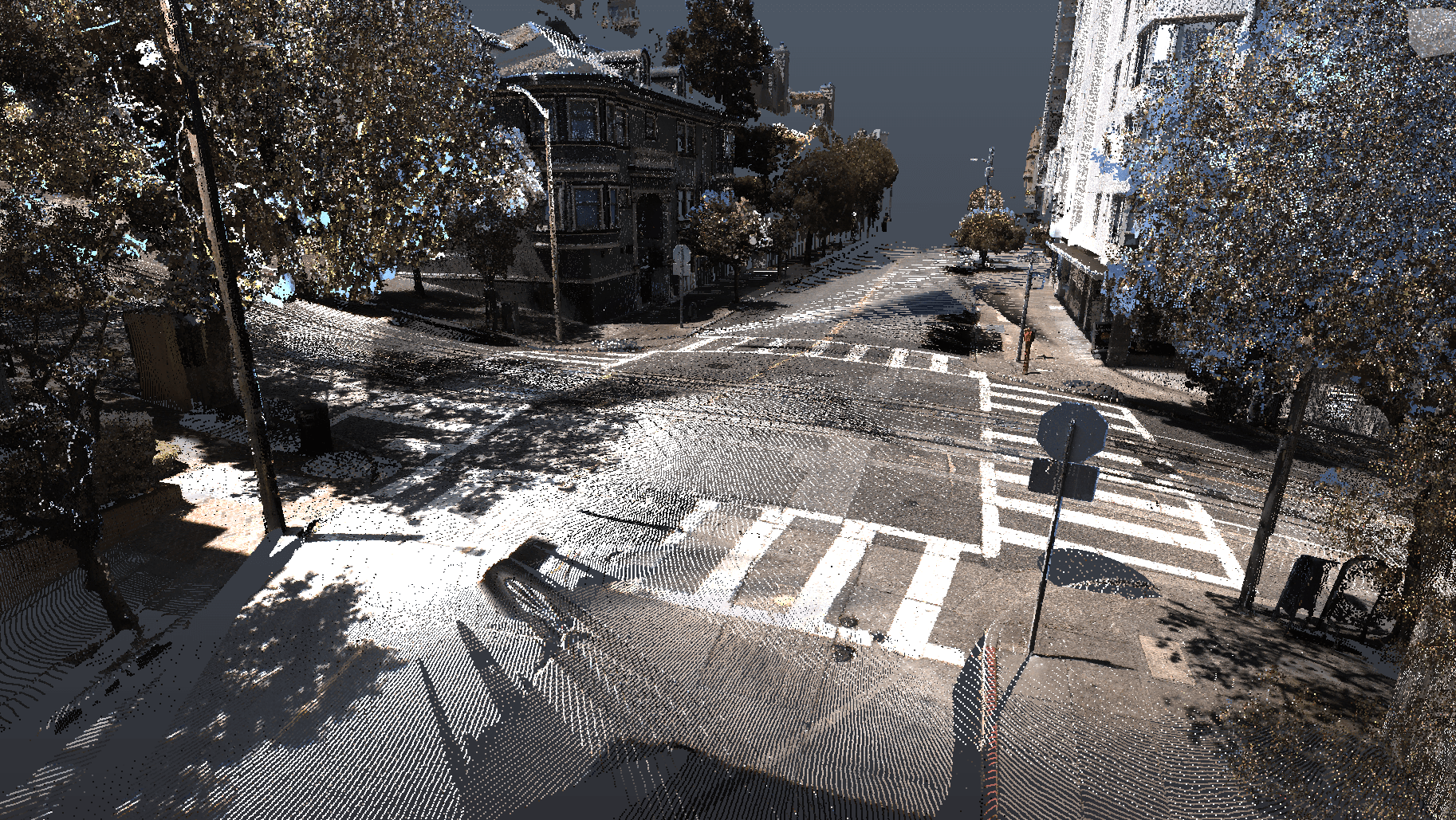
Laser scans, such as the one above, capture environment measurements efficiently and accurately to create visual blueprints of environments, cars, etc.
With an accurate foundation of the vehicles, environments and potential obstructions, the experts at 3DF can determine where the driver’s eyes were during the accident. Calculating this 3D eye-level perspective involves considering the position of the driver’s seat at the time of the accident and the driver’s height. Once calculated, a digital camera can be locked in the 3D position relative to the vehicle so that the path of travel is captured from the driver’s reconstructed perspective.
Note that the forensic specialists at 3D Forensic are even able to reconstruct binocular vision (vision comprised of two eyes’ perspective versus just one) by placing two cameras in each eye’s relative location and combining the two recordings. This is especially beneficial when factoring obstructions that block one eye in particular, or obstructions affected particularly by depth of focus.
With this information aligned in the 3D Working Model, the accident can be digitally reconstructed.
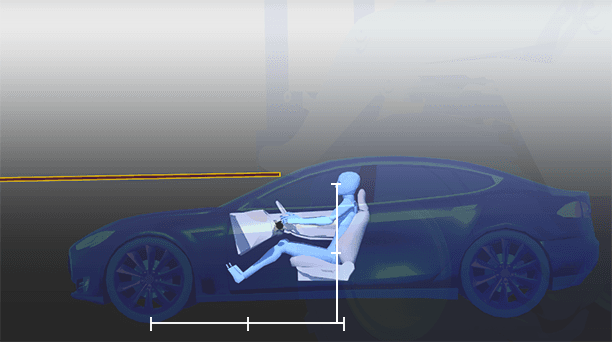
Accident Reconstruction///
At this stage, the visual 3D specialists at 3D Forensic can digitally recreate the specific factors of the accident based on analysis. With an accident reconstructionist’s conclusions on speed, impact points, resting points, and path of travel, 3D Forensic can align these factors with the 3D cars in the environment within the modelling software. Here, it’s important to consider the relative positions and speeds of third parties, including other vehicles or pedestrians, throughout the incident
Often, critical accidents can involve two or more moving subjects such as another vehicle or person, whose relative speed and positions are critical to consider. Calculating these factors through this process helps reconstructionists visually verify their conclusions by allowing them to see the connecting events between physical evidence
Because vehicular accidents involve so many physical factors, the 3D Working Model is an excellent format to fine-tune aspects like speed or positions until the expert is satisfied with how their inputs and analysis align with the known physical evidence.
Analyze Driver Perspective///
Once an accident’s reconstruction is finalized and animated, the digital cameras placed in the first step will tell the driver’s story of the accident. The final step of the 3D Working Model’s line-of-sight analysis is to export videos from these digital cameras to show experts, attorneys, juries and judges what a driver could have seen in real time.
These video exhibits can be analyzed to determine approximately what time before the impact an obstruction occluded a driver’s visibility and how this would affect their perception and reaction to a danger ahead. This information is paramount to a human factors analysis and may demonstrate that a driver had more or less time to react than initially thought.
This ability to show the jury the events from the driver’s specific viewpoint adds impact to the experience, placing them as close to the actual driver’s experience as possible. In addition to better demonstrating the speed at which the driver must, or didn’t, react in their viewpoint, it also helps combat Hindsight Bias. This is where the juror, viewing the event in a more sterile manner after the incident, second-guesses the driver’s actions and replaces the standard-of-care with their own individual idea of, “What I would have done.” This helps jurors understand the driver’s experience and deliver an informed conclusion on who was liable for an obstruction or accident.
Prior to the advent of forensic laser scanning and the 3D Working Model, experts had no way to visually show a driver’s full perspective leading up to an accident. Today, this technology enables teams to create visually stunning exhibits that can independently highlight visual influences behind serious collisions. Through 3D line-of-sight analysis, 3D Forensic strives to deliver unbiased findings that enable science-based conclusions in trial.
The experts at 3D Forensic innovated 3D line-of-sight analysis to deliver the most accurate forensic determinations for serious accident cases with visibility concerns. If you're interested in speaking with us about your case, call or email us today!///
Written/edited by Sean Daly and Craig Fries.
Talk to Our Forensic Team
Let Us Help You Seek & Illustrate The Truth
By submitting this form, I confirm that I have read and understood the 3D Forensic Privacy Statement.
"We have used Jason Fries and his team twice to create medical videos depicting complex surgeries. The videos impressed both the jury and the defense attorneys. Perhaps most helpful, Jason will work on short notice and provide a persuasive product."
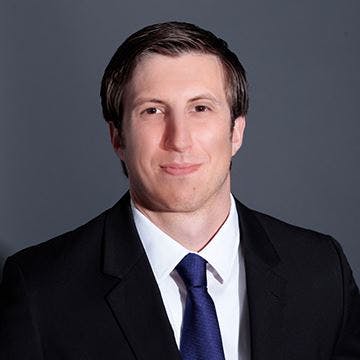
Robert Igleheart
Rouda, Feder, Tietjen & McGuinn

